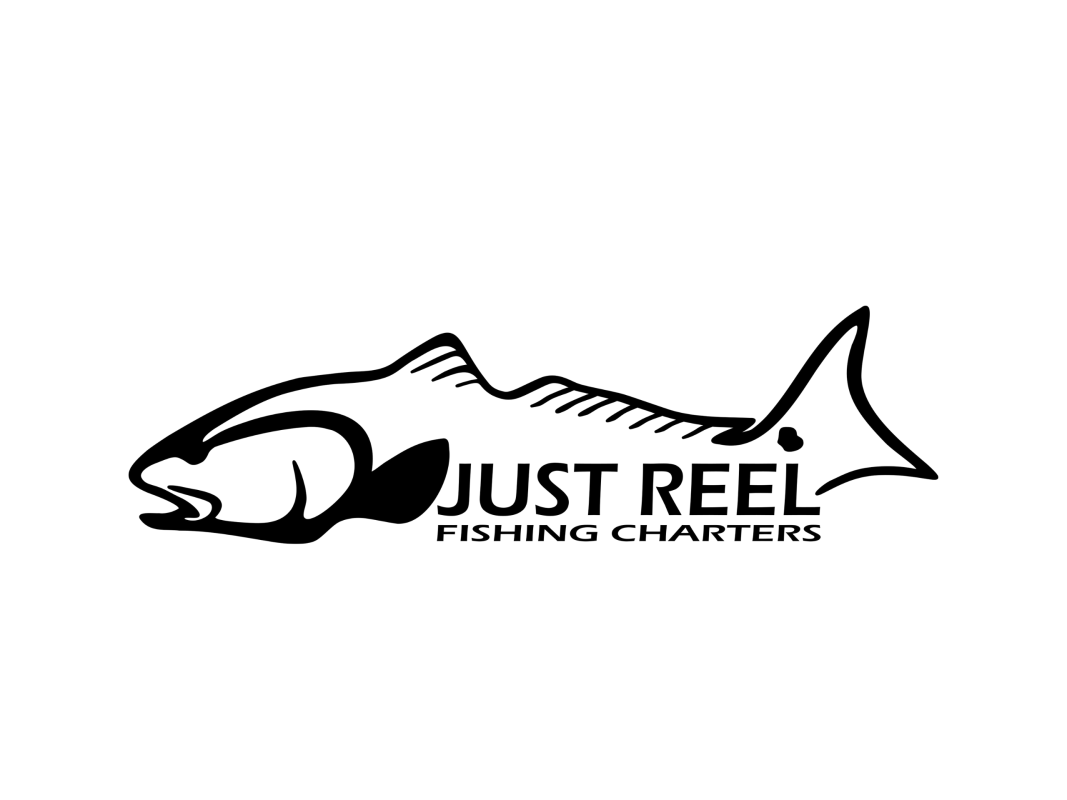With water temperature settling in around mid to upper 50s, many species we target in the back country are becoming slightly harder to target.
Snook and trout are retreating to deeper water, which can make them quite difficult to find. And, even the redfish seem to be far-and-few between at the moment.
But, don’t be discouraged.
Now is the time to target sheepshead. These fish seem to thrive in the cooler water temps, which makes them a winter-time favorite throughout our local waters. They also put up quite a battle when on the end of your line. And, when beer battered and fried, they are one of the best fish to eat.
There is a slight learning curve catching sheepies, but once you’ve learned the basics. you should be able to find success. The first thing you need to know is sheepshead love eating crustaceans. This means you can put the cast net away, since you won’t need any shiners.
Gathering bait for sheepshead can be easy as going to your local bait shop and purchasing some live shrimp. If you prefer catching your own bait, you can spend time looking for a fiddler crabs, oyster crabs or sand fleas. Of course, catching these baits can be quite labor-intensive, although if the sheepies are being picky, carrying an assortment of baits may be in your best interest.
Now that you have bait, the next step is where to locate the fish. Sheepshead tend to gather around structure such as rocks, reefs, bridges and piers. They love nibbling on barnacles, so finding areas where they are present is advantageous.
Fishing bridges, piers and docks can be quite productive for sheepies which makes them in attainable to every angler. For those anglers fishing from a boat, reefs, wrecks and rock piles are great spots to fish.
For rigging, a simple bottom rig will suffice in most scenarios. I like using a 1/2-ounce egg sinker that rests directly on top of a 2/0 circle hook — known as knocker rig. You can also use a fish finder rig, which consists of a small piece of fluorocarbon leader with a swivel on one end and a hook on the terminal end. For this rig, simply slide an egg sinker onto your main line and then tie your line to the swivel with the leader and hook attached. And if you want to take it a step further you can try a long shank hook as opposed to regular hook. Some say this makes the hook easier to remove from the sheepshead’s bony mouth.
The last thing you need to know is when harvesting sheepshead, they must be 12 inches from the nose to the tip of the tail. The daily bag limit is eight per person per day. And, after you enjoy a fish fry of sheepshead, you want to keep your limit every time.
On my Just Reel charters, I’m targeting sheepshead. Fishing around wrecks, reefs and the Gulf beaches is producing good numbers of keeper-size fish for my clients. Mixed in with the sheepshead bite are mangrove snapper, Key West grunts and an occasional gag grouper.
On days when the reefs and wrecks in the Gulf are unattainable to due wind, I’m staying in the back country to target pompano and spotted seatrout. When in the back country, we are hooking into redfish and black drum when fishing around residential docks and canals.

